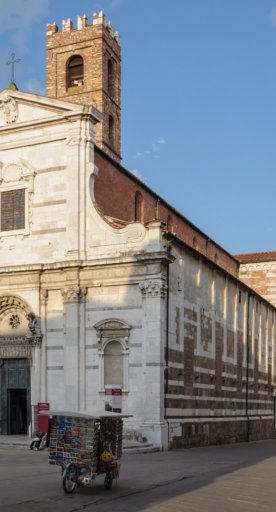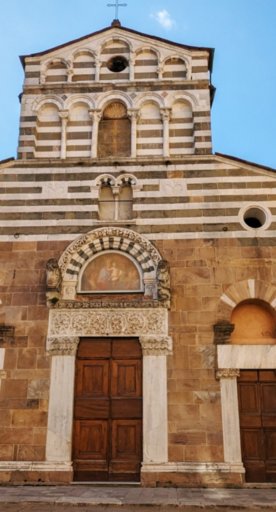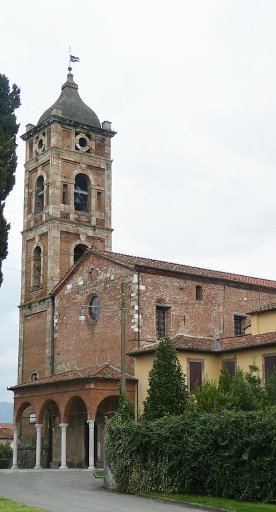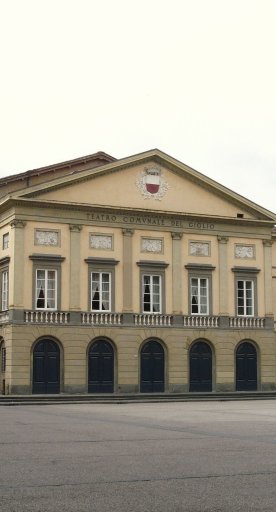Villa Oliva in San Pancrazio
One of the greatest examples of Mannerist architecture in the province of Lucca, home to a beautiful garden
Villa Oliva in San Pancrazio is one of the greatest examples of Mannerist architecture in the province of Lucca and vaunts characteristics that distinguish it from other buildings. The villa contains two large halls in the central part of the building, facing north to south, and its characteristic two-story loggia, with single columns made of stone from Matraia. After the Buonvisi, which died out in the 19th century, the villa passed into the hands of several people before finally reaching the Oliva family, who renovated the building. In the 1600s, the villa was home to a consistory backed by Cardinal Francesco Buonvisi and attended by Pope Alexander VII, born Chigi, and numerous cardinals.
The particular visual effect produced by the large porch clearly shows the influence of Florentine architecture, especially that of Ammannati, the architect behind the renovation of Palazzo degli Anziani in Lucca (1578-1581).

Villa Oliva is surrounded by a beautiful park open to the public and bordered by trees planted in evocative designs. The garden on the southern side of the property is arranged across three terraces running perpendicular to the façade. A tree-lined path in the middle terrace leads to an open space behind the villa. In the area uphill, the space behind the building is surrounded by a semi-circle of holly oak hedges with a tuff-rock “grotto” at the centre vaunting water features. The park is home to interesting fountains, some of which are priceless works of art dating to the Mannerist period. The Buonvisi stables are particularly interesting from an architectural perspective.










